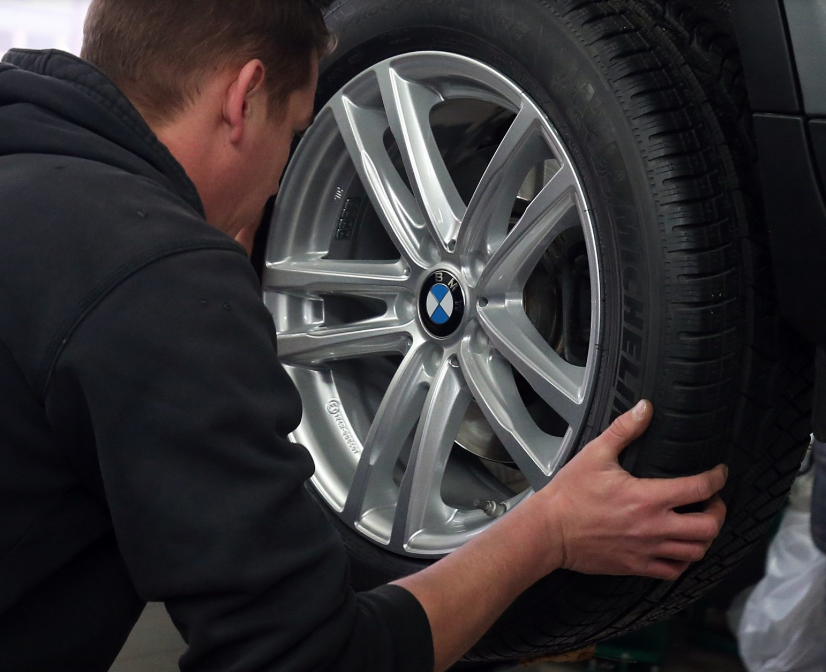Welcome to Sino Bearings web
24x7 HOTLINE:+86-28-81454188

 TECHNOLOGY
TECHNOLOGY
Bad wheel bearings can cost more than $300 to fix
Wheel wobble, groaning noises, and loose steering can all mean a bad bearing
Only DIY a wheel bearingreplacement if you’re an experienced home mechanic
Why does your car sound like, and drive like, a horse-drawn carriage? General feelings of crappiness? It’s probably a wheel bearing. And if it’s one, that means the rest of these oh-so-important little components aren’t far from joining their brethren in the great scrapyard in the sky. So, let’s talk about what you can do to keep these parts running, how to know when they’ve failed, and if you can just DIY the necessary repairs. It’s wheel bearings 101.
What are the symptoms of a bad wheel bearing?
First, let’s discuss what they do. In essence, they’re the near-frictionless part of the wheel assembly that lets your car’s wheels spin. They look and function a lot like the bearings on a skateboard. In more technical terms, they’re located between the drive axle and your brake rotor. Packed tight and covered in oil, they allow your wheel to spin freely in addition to supporting much of your car’s weight. You can find these wheel bearings at the center of your hub, basically right behind the logo on your wheel.
Your car feeling like an 18th Century ox cart isn’t the only way to know if you’ve got bum bearings in your wheels. The best way to identify bum bearings is a low humming noise. That can be hard to pick out from things like tire noise, but it, combined with other symptoms, is a surefire way to diagnose this common problem. If it sounds like a small dog is growling at you through the dash, increasing with speed, you’ve got a bad bearing. As things get worse, you’ll also begin to notice wheel wobble, sometimes called “death wobble”.